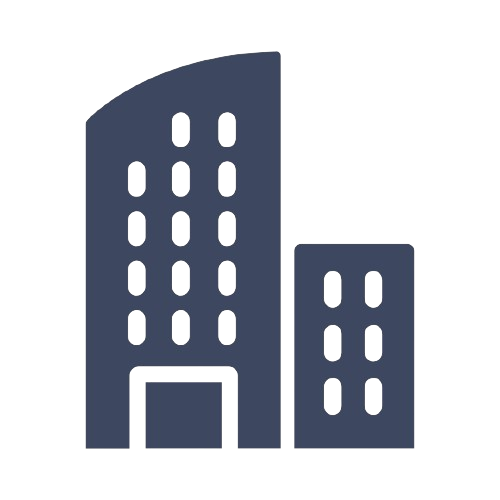Job Description 12 month fixed term contract Hybrid working model Established in 1988, Rest is one of Australia’s largest profit-to-member superannuation funds. We support more than two million members, with around $100 billion of funds under management and are recognised as a responsible investment leader*. We believe when members understand and engage with their super, they’re more likely to get a better retirement outcome. Everything we do at Rest is underpinned by our values and behaviours, we want to Be Daring, Keep it Simple, Take Action and Have Grit. To put it simply we want our people to thrive and love the work they do. Rest’s Data, Technology and Delivery (DTD) business unit is accountable for planning and preparing the organisation for the future through strategic technology innovation, as well as charting our business strategy and executing for today and tomorrow. Situated in the Business Analysis Practice, the Senior Business Analyst has two main priorities: 1. Supporting the Product Owner/Business Owner/Sponsors to ensure that business needs and solutions options are understood 2. Ensuring the product/platform/project team have a shared understanding of the requirements, through written and verbal communication. The Senior Business Analyst’s responsibilities are to: Deliver clearly defined requirements and user stories that accurately capture business systems, processes, and user needs by employing rigorous analysis, validation, and mapping techniques to drive successful project outcomes. Achieve business alignment and informed decision-making by engaging, negotiating, and prioritizing stakeholder requirements, resulting in a solid foundation for solution development. Facilitate shared understanding and streamlined processes by creating actionable, visually driven models and documentation—using techniques like process and story mapping—that translate complex logic and process flows into clear business rules. Maximize project impact and strategic value by managing a dynamic requirements lifecycle that prioritizes critical functionality based on complexity, feasibility, and overall business value.



















